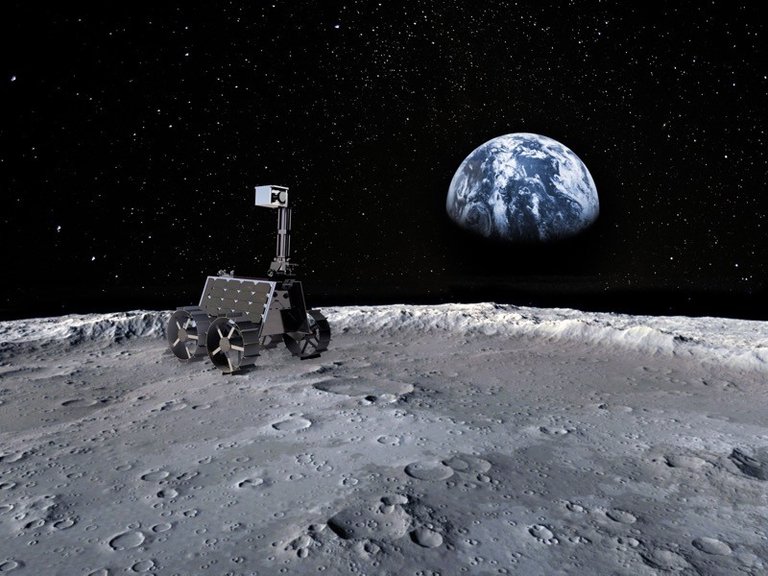The United Arab Emirates begin their first mission to the Moon in 2024

The Arab Emirates have marked the Moon as the second target. If your Rashid vehicle were to reach the Moon successfully, it would spend a day of moon on the surface of the satellite, that is, about 14 earth days. It would take superficial samples from the illuminated area of the Moon in order to carry out different studies: Clarify the surface thermal characteristics of the Moon to improve the understanding of the landscape, investigate with microscopic precision the particles of the lunar dust and study the surface plasma of the Moon (charged particles found on the surface due to the current of the solar wind). A charged area that electrically loads the lunar dust and aims to clarify its characteristics when the crew begins to send it. And it is that they are tiny but very sharp, and can be dangerous for astronauts by massive inhalation.
The great challenge is in the evening that the Rashid will pass on the Moon. The temperature drops to -173º C at night and the vehicles carry a heat source that allows them to stay overnight. But since Rashid is the smallest vehicle of all time, which will weigh about 10 kg, they will have to develop a completely new technology.
In addition, the Arab Emirates will have to hire a space agency to channel the launch and landing of the spacecraft. So far, only European, Russian, Chinese and American space agencies have managed to land on the Moon and more than 20 modules have failed, the last Indian, Japanese and Israeli mission.
Buletina
Bidali zure helbide elektronikoa eta jaso asteroko buletina zure sarrera-ontzian











